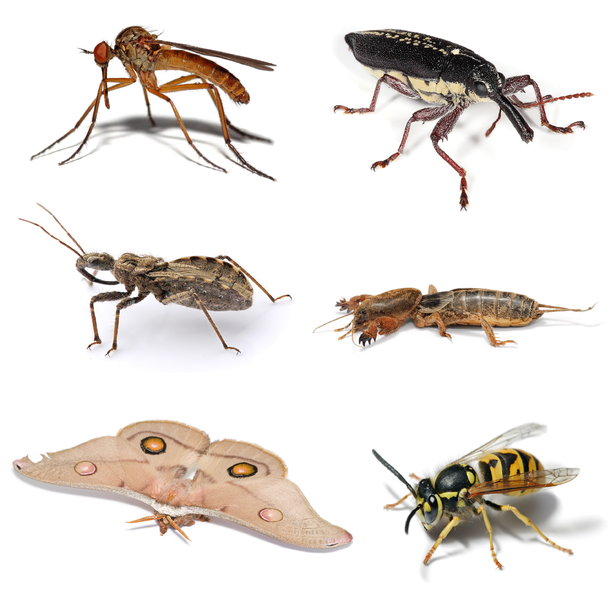
Category: Invertebrates

This class of invertebrates has a chitinous skeleton, a three part body (consisting of a head, thorax, and abdomen), six pairs of jointed legs, compound eyes, and a pair of antenna. They are an incredibly diverse group of animals with more than a million described species that represent more than half of all living organisms. Their growth is constrained by an inelastic exoskeleton that must be shed (molted) in order for them to increase in size. Insects display a staggeringly diverse array of adaptations, from walking on water (water striders), to communicating with light (lightning bugs), and sound (crickets), to complex social behaviors (termites).

The world’s first Animals
Invertebrates were the first animals to evolve. While their soft bodies left precious few records behind, there are fossils of sponge-like animals that are 665 million years old, as well as traces of tracks and burros from worm-like animals going back 1 billion years. By comparison, the earliest birds appeared only 150 million years ago! And not only were invertebrates first, they are the most plentiful of animals - it is estimated that 97% of all animals living on the Earth today are invertebrates, with several groups containing more species than all vertebrates combined!
Learn more >>
 Discover Animals is a web-based educational resource offered by the NAIA
Discover Animals is a web-based educational resource offered by the NAIA